BY: DEREK IDE
On July 15, 1931, around eighty men and women packed into a vacant house in Camp Hill, Alabama. The Croppers’ and Farm Workers’ Union (CFWU), an organization led largely by Black communist sharecroppers, held the meeting. Two of the organizers were the brothers Ralph and Tommy Gray. These two brothers came from a proud, militant family. Their grandfather had been a state legislator during Reconstruction, and Ralph Gray, following in his grandfather’s footsteps, quickly became a local leader of the CFWU. After defending himself against a physical assault by his white landlord, Ralph became an avid reader of the Communist Party’s Daily Worker and began his work with the union.
The July 15th meeting had been called so that sharecroppers in the area could coalesce around a set of demands. These demands included the right of sharecroppers to market their own crops (and avoid the low rates paid by landlords), a minimum wage of one dollar cash per day, and a three-hour midday rest for all laborers. Also important were social demands, such as a nine-month school year for black children and free transportation to the schools. Notably, in a spirit of solidarity, the participants at the meeting discussed the ongoing Scottsboro case.
Despite such noble goals, not every individual was loyal to the CFWU. An informant had slipped into the meeting and relayed the event to the Tallapoosa County sheriff, Kyle Young. Young and a group of deputized vigilantes stormed the house, brutally beating men and women alike. When the CFWU organizers regrouped at Tommy Gray’s home, the thugs under Young’s control raided his house and violently attacked not only Tommy Gray but also his wife. Ralph Gray, in an act of valiant resistance and loyalty to his family, rushed into the house armed and saved his brother’s family from the possibly lethal aggressors.
Not to be deterred, an even larger group of 150 sharecroppers met the following night to protest the repression. Ralph Gray acted as one of the sentries and was posted outside the meeting to protect it from another round of vigilante violence. Young, like the evening before, showed up with his cronies. After a heated argument, Young and Gray engaged in a gun battle that sent Young to the hospital and Gray on the side of the rode, his leg riddled with bullets. Some of his fellow CFWU organizers carried Ralph back to his home. Before the night was through, however, Young’s thugs surrounded Ralph Gray’s home. Upon entering they executed Ralph and burned his home to the ground. His corpse was strewn across the steps of the Dadeville courthouse. Over the next few days alone a few dozen black sharecroppers were arrested around Camp Hill. White vigilantes injured and killed dozens of black sharecroppers in the weeks after Gray’s death in an effort to terrorize the community and dissuade them from organizing.
Despite such harsh repression, the 1930s was one of the most militant times for black sharecroppers in Alabama. Within months the CFWU reconstituted itself as the Share Croppers’ Union and won many battles for economic justice in Tallapoosa County. Such victories were only possible due to the bravery of martyrs like Ralph Gray.
Sources:
Robin D.G. Kelley, Hammer and Hoe: Alabama Communists During the Great Depression (North Carolina University Press, 1990).







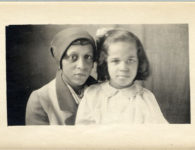
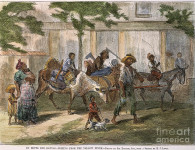
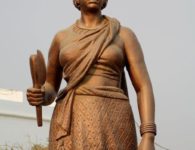
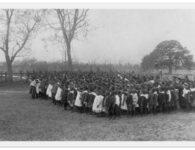


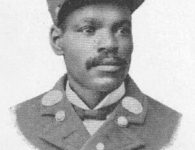
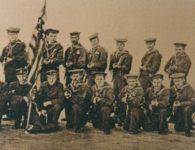
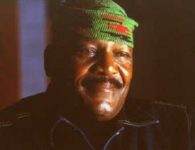
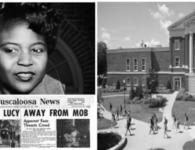
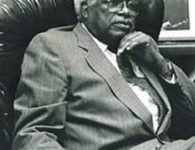
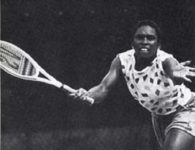

8 Comments
My brother suggested I might like this blog. He used to be totally right. This submit actually made my day. You cann’t imagine just how a lot time I had spent for this info! Thank you!
Many thanks for the great website you’ve set up at blackthen.com. Your enthusiastic take on the subject is definitely inspiring. Thanks again!
Spot on with this write-up, I seriously believe this site needs much more attention. I’ll
probably be back again to see more, thanks for the info!
You can definitely see your expertise within the work you write.
The arena hopes for even more passionate writers like you
who are not afraid to mention how they believe. Always follow your heart.
Well-written piece. I just passed this on 5/23/2019 to a colleague who’s been doing some work of their own on this subject. To say thanks, she just bought me dinner! So, I guess I should say: Cheers for the drink!
There is certainly a great deal to know about this topic.
I like all the points you have made.
This is my great grandfather and uncle. It’s good to know my history.
This is my great great grandfather and his brother. Thank you for telling our story…